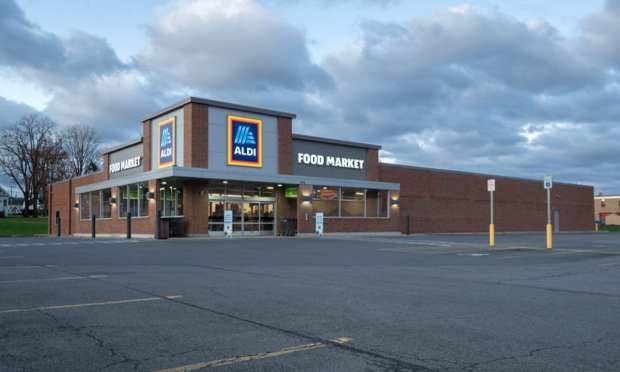Aldi Invests In Bigger Stores as Consumers Seek Discounts

International grocery chain Aldi is growing — in more ways than one.
As the Financial Times (FT) noted in a report Sunday (Sept. 3), the discount grocer announced last month it was acquiring Winn-Dixie and Harveys supermarket chains, a marked change from Aldi’s reputation as a smaller grocer.
By taking ownership of Winn-Dixie/Harveys owner Southeastern Grocers, the FT said, Aldi is pushing into more conventional grocery territory.
“Everyone is kind of jostling to scale,” said Neil Saunders, managing director of GlobalData Retail. “It’s not only Aldi doing this deal, you’ve got Kroger and Albertson looking to merge.”
Saunders added that controlling a large portion of the market is key in the highly competitive grocery sector, with its razor-thin profit margins.
Aldi announced the Southeastern Groceries deal on Aug. 16, a move that adds about 400 stores to its U.S. portfolio.
“Like Aldi, Winn-Dixie and Harveys Supermarket have long histories and many loyal customers in the Southeast, and we look forward to serving them in the years to come,” Aldi CEO Jason Hart said in a statement. “The time was right to build on our growth momentum and help residents in the Southeast save on their grocery bills.”
Hart added that the company hopes to add 120 stores across the U.S. this year to reach more than 2,400 branches, in an effort to expand its share of America’s total grocery market as other retailers have struggled.
“The time does indeed seem to be right, as Hart stated,” PYMNTS wrote. “This current inflationary environment has proved a tailwind — at least when it comes to customer acquisition — to grocers whose value prop is tied to their low prices.”
In fact, data from the May edition of PYMNTS’ Consumer Inflation Sentiment series, “Consumer Inflation Sentiment Report: Consumers Cut Back by Trading Down” shows that almost half (47%) of grocery shoppers have begun shopping with stores that offer better prices.
At the same time, more recent research by PYMNTS shows that consumers are still willing to splurge now and then for treats at the grocery store.
The Nonessential Spending Deep Dive Edition of PYMNTS and Lending Club’s “Paycheck to Paycheck Report” found that 75% of consumers purchase “nice-to-have” items at the grocery store at least sometimes.
“Even those whose budgets are pressured do so,” PYMNTS wrote last week. “Fifty-nine percent of consumers living paycheck to paycheck with issues paying bills reported that they purchase these nonessential items at least some of the time.”

